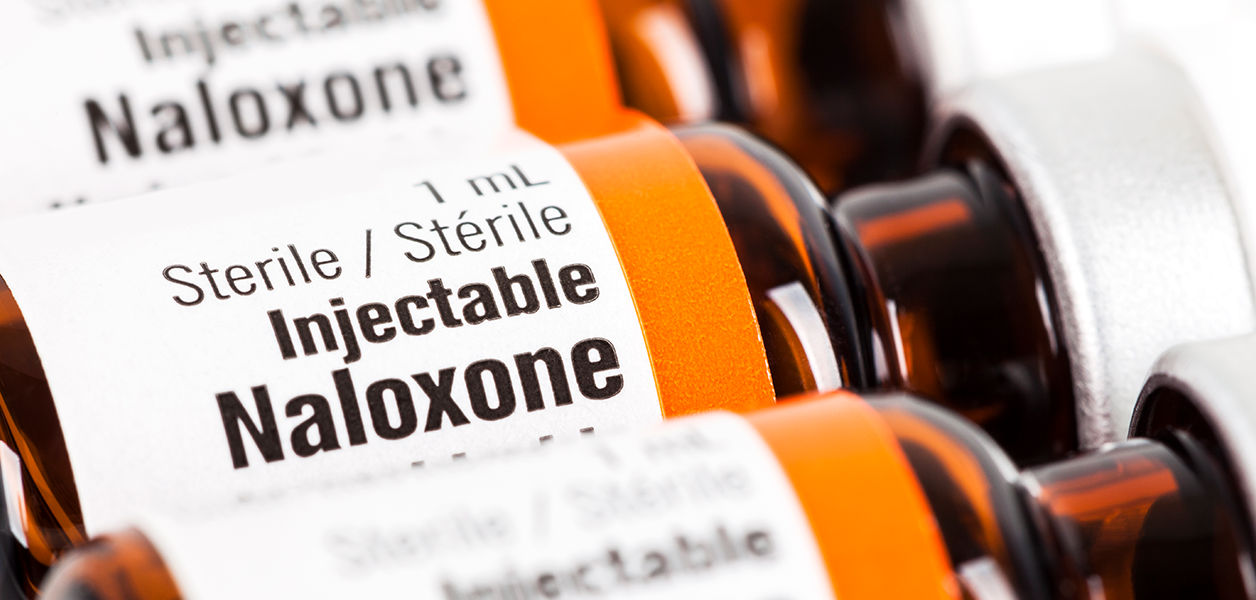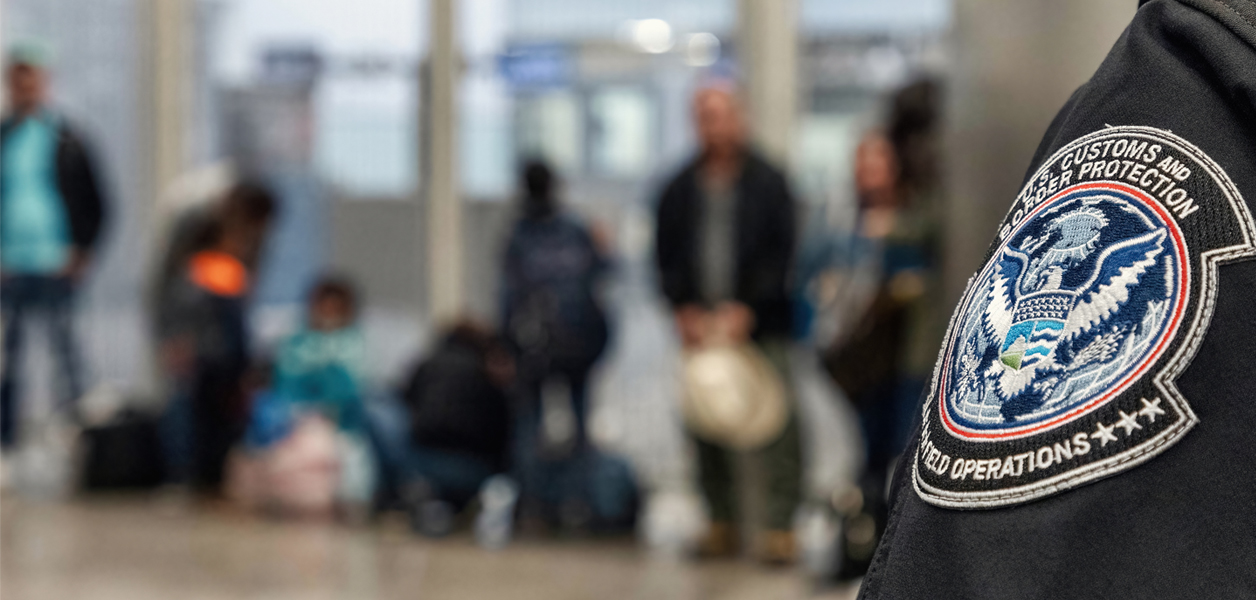The National Safety Council says it “makes all the difference to an overdose victim’s survival” when you not only include naloxone—an opioid overdose reversal medication—in your company’s first-aid kit but also when you train workers regarding how to use it during an opioid overdose emergency.
Safety+Health magazine shares the following process for administering naloxone nasal spray.
- Begin giving naloxone as quickly as possible as you wait for emergency responders to arrive.
- Place the nozzle in one nostril and press the plunger firmly, then check to see if the victim is breathing. You can tap the person’s shoulder to see whether he or she responds.
- If the victim is breathing, roll the individual to his or her side and into the recovery position. If the victim is not breathing, start CPR and use an AED when available.
- If the person does not respond to the initial dose of naloxone, and if there is no improvement within two to three minutes, give naloxone again but in the other nostril.
- Stay with the victim and check for responsiveness and breathing until emergency responders arrive.
Please note: Sometimes naloxone is administered via auto-injector, which injects a dose into the victim's muscle, typically the outer thigh. If your company's first-aid kit has the auto-injector, be sure your team is trained appropriately.
Training regarding how to administer naloxone should be part of your company's overall policy. You can find more information by visiting NRCA’s Mental Health webpage and The Alliance for Naloxone Safety in the Workplace, including free training resources and sample written policies.
The National Safety Council emphasizes that naloxone is not a replacement for seeking emergency medical assistance.





